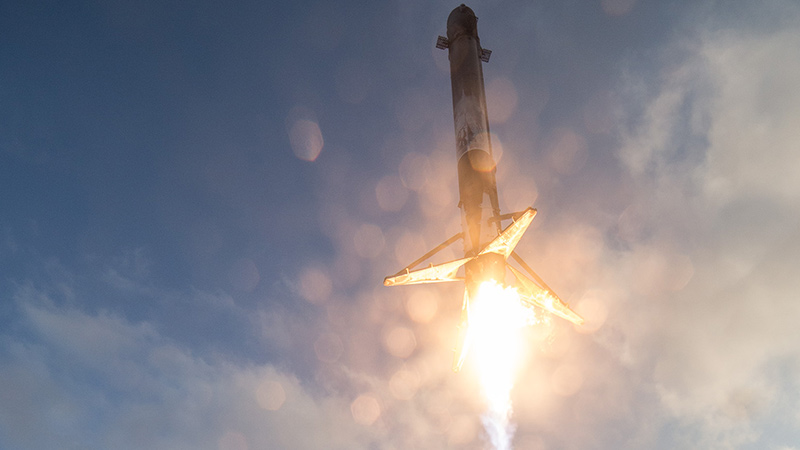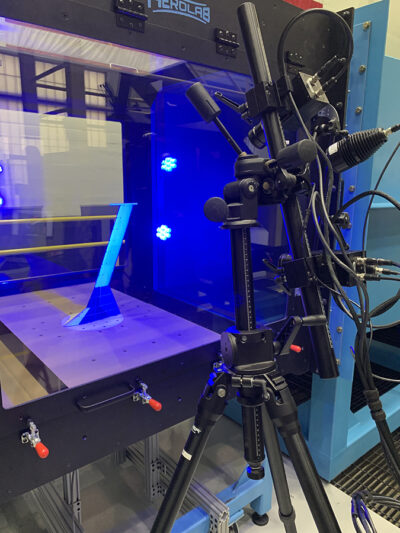Potential for more affordable exploration
By Koki Ho|December 2017
The Space Logistics Technical Committee fosters development of integrated space logistics capabilities that enable safe, affordable and routine space-faring operations.
Commercial space logistics marked significant milestones in 2017. One of the largest events was SpaceX’s reuse of the first stage of the Falcon 9 rocket in March. The reused Falcon 9 booster B1021 was first used to deliver a Dragon spacecraft on the CRS-8 mission April 8, 2016; after its recovery on a drone ship, it was refurbished and reused for the SES-10 mission March 30, 2017. After delivery of the SES-10 mission, B1021 was recovered a second time. This achievement could revolutionize next-generation space logistics by enabling launches at a substantially lower cost.
Blue Origin revealed its design for the Blue Moon lander in April at the 33rd Space Symposium in Colorado Springs, Colorado. The Blue Moon lander would leverage the capability of vertical takeoff; the plan is for it to deliver cargo to the lunar surface in the 2020s. The lander will be optimized for launch by NASA’s Space Launch System but could also be launched by other rockets, such as United Launch Alliance’s Atlas 5 or Blue Origin’s New Glenn. This lander could help open the doors to settlements on the moon.
In addition to commercial space logistics activities, in March, NASA revealed a plan for a phased exploration approach with the next steps being a Deep Space Gateway and Deep Space Transport. According to the plan, during the first phase of the exploration, a crew-tended spaceport would be built in cislunar space with an electric propulsion system, repurposed from the canceled Asteroid Redirect Mission, for its mobility. The gateway would support activities in cislunar space and could serve as a staging point for access to the lunar surface or farther destinations. Space Launch System rockets and Orion spacecraft would deliver and assemble the Deep Space Gateway. During the second phase of exploration, the Deep Space Transport would be developed as a reusable transportation capability for crewed missions to farther destinations, such as Mars. The fruition of these plans would be a significant step toward expanding humanity’s presence beyond low Earth orbit. Space logistics planning and implementation will be a key consideration for the Deep Space Gateway and Deep Space Transport development and operations.
On the academia side, in August the Space Systems Optimization Laboratory at the University of Illinois at Urbana-Champaign completed a one-year study funded by United Launch Alliance to analyze the transportation architecture for cislunar resource economy. The study analyzed the technical and economic impact of lunar resources and other infrastructure systems in two case studies: regular delivery of payload from LEO to geosynchronous Earth orbit using lunar resources, and regular delivery of crew to the moon and back. This study could be an important stepping stone toward space commercialization using cislunar infrastructure.
Koki Ho works at the University of Illinois at Urbana-Champaign.
Contributors: Lauren Paunescu, Robert Shishko and Kandyce Goodliff



































